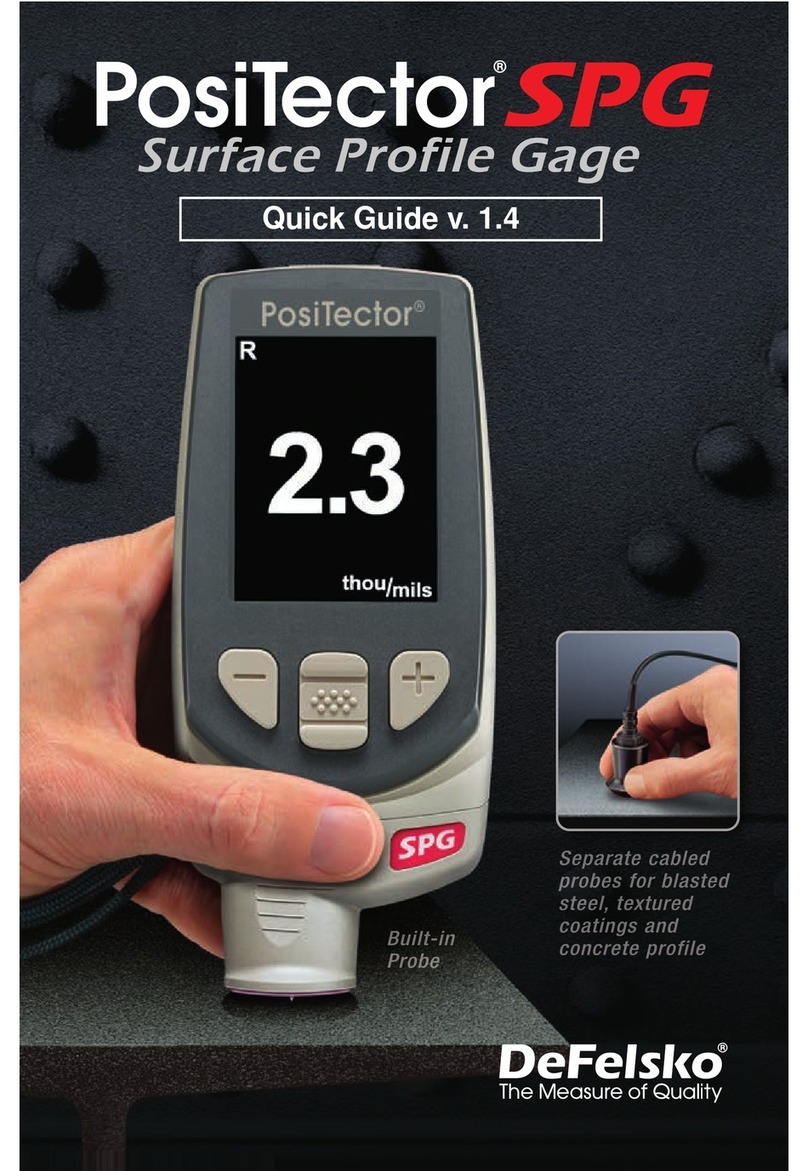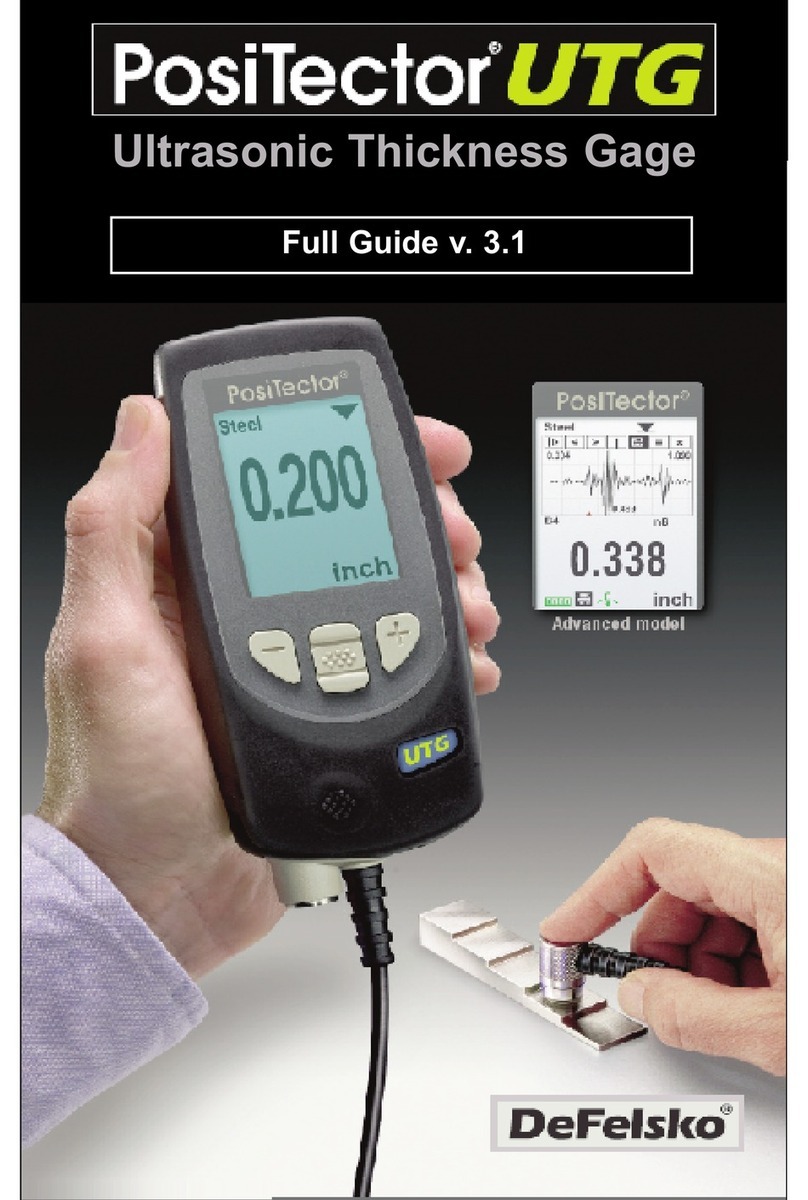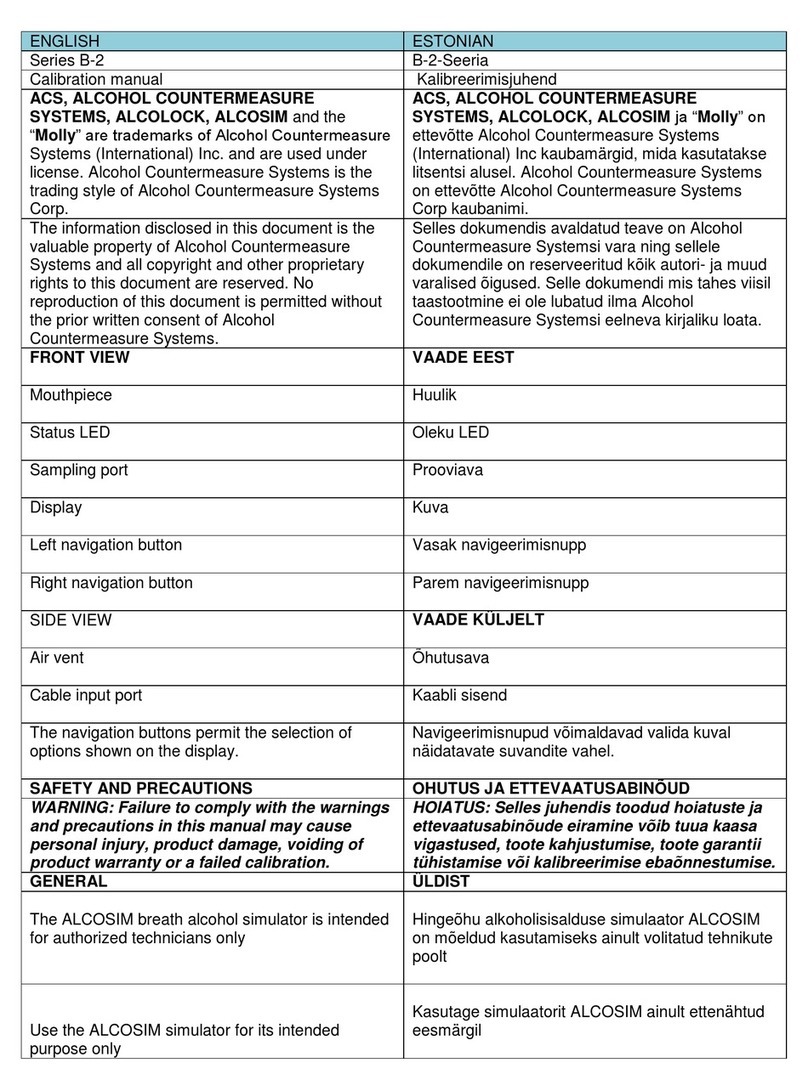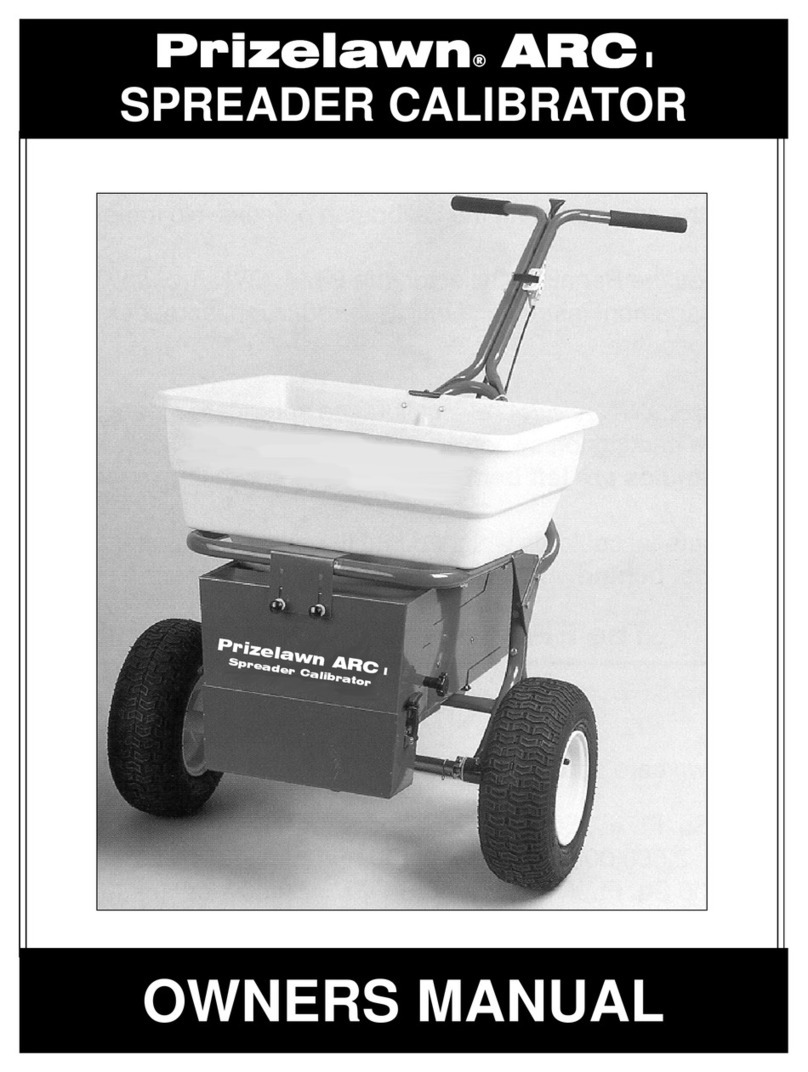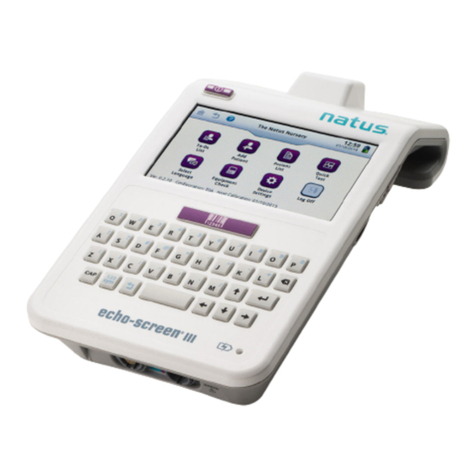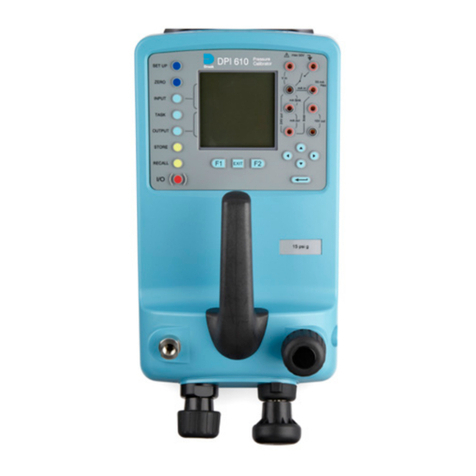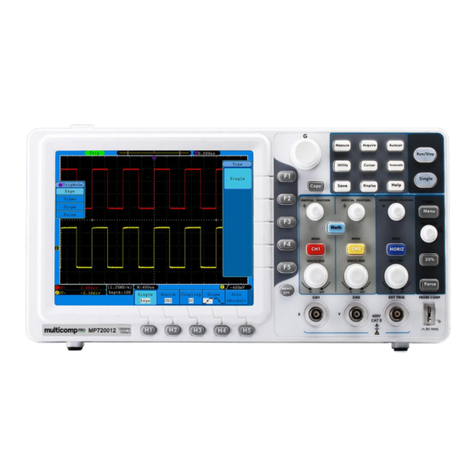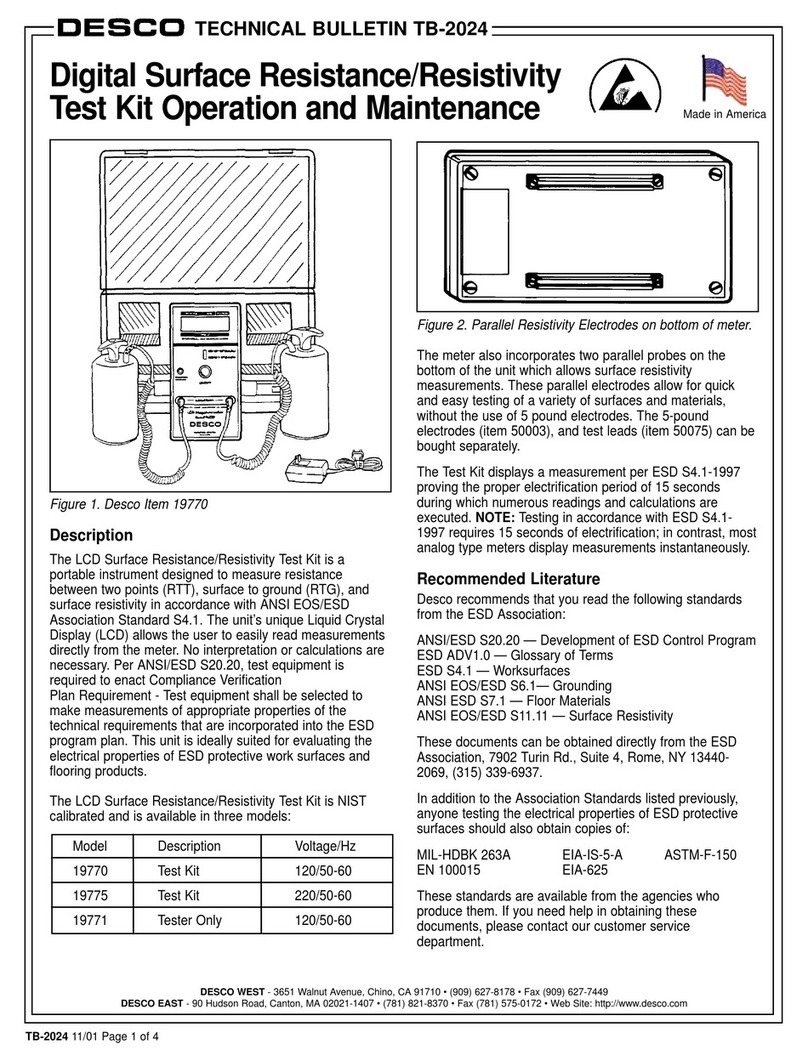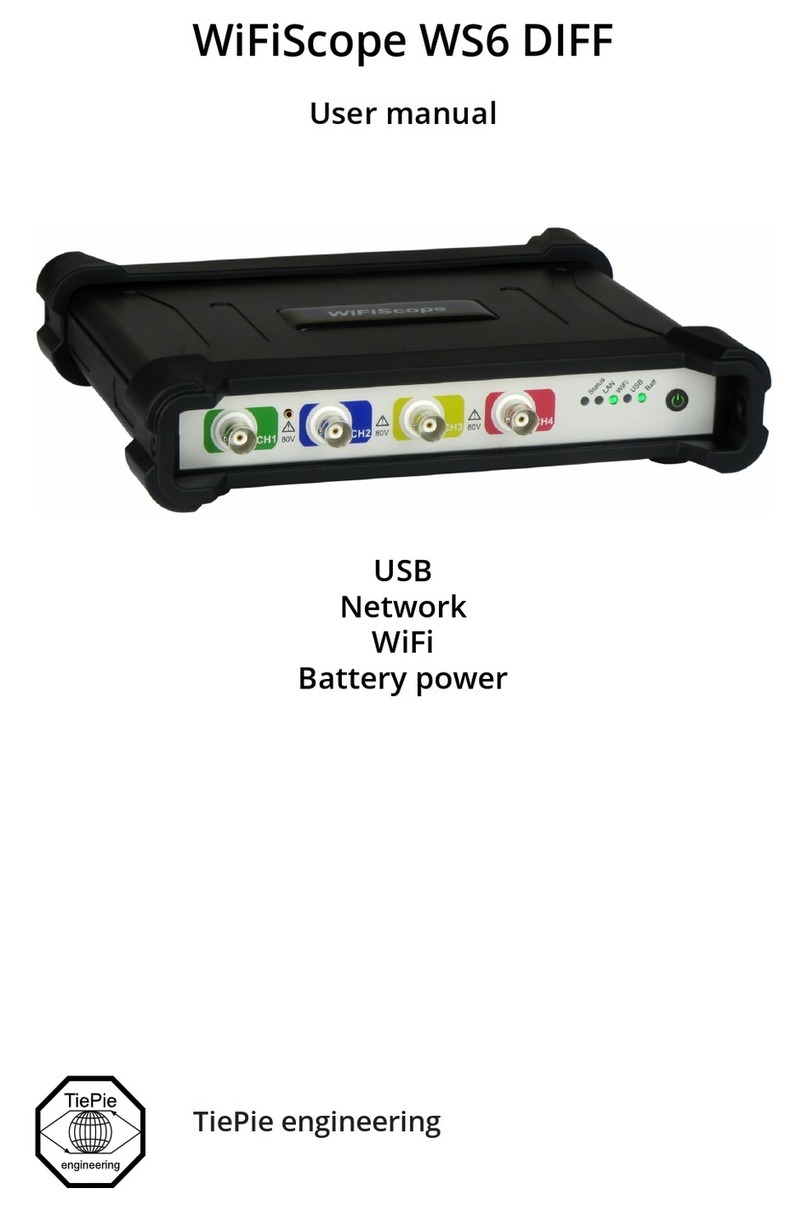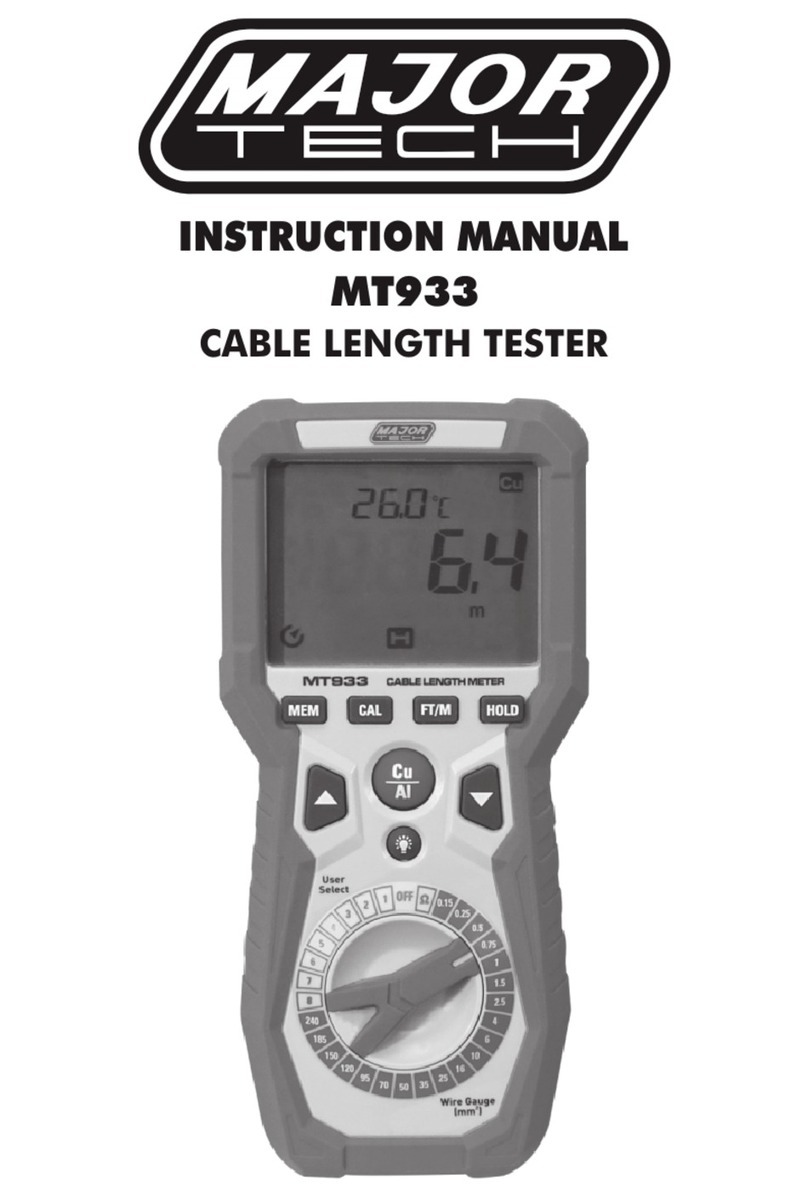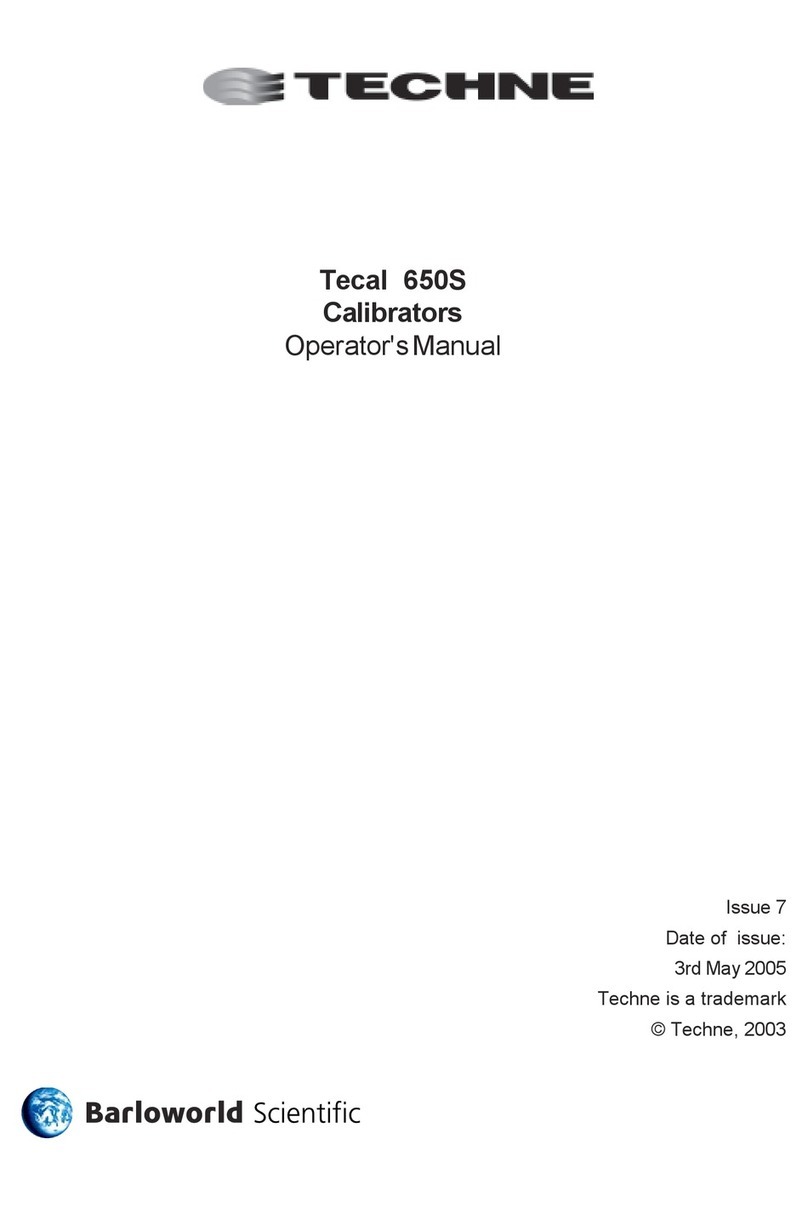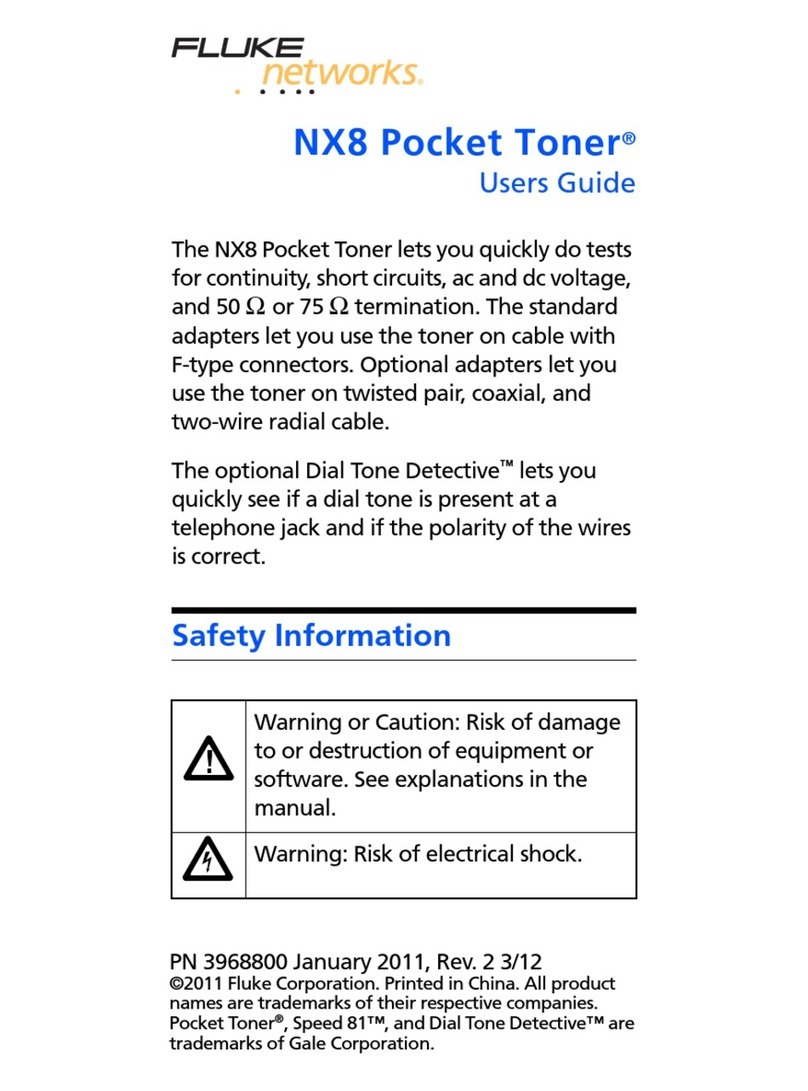DeFelsko PosiTest AT-A User manual




















Other manuals for PosiTest AT-A
2
Table of contents
Languages:
Other DeFelsko Test Equipment manuals
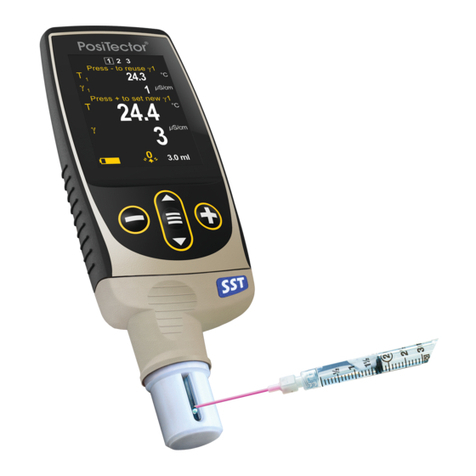
DeFelsko
DeFelsko PosiTector SST User manual

DeFelsko
DeFelsko PosiTest AT User manual
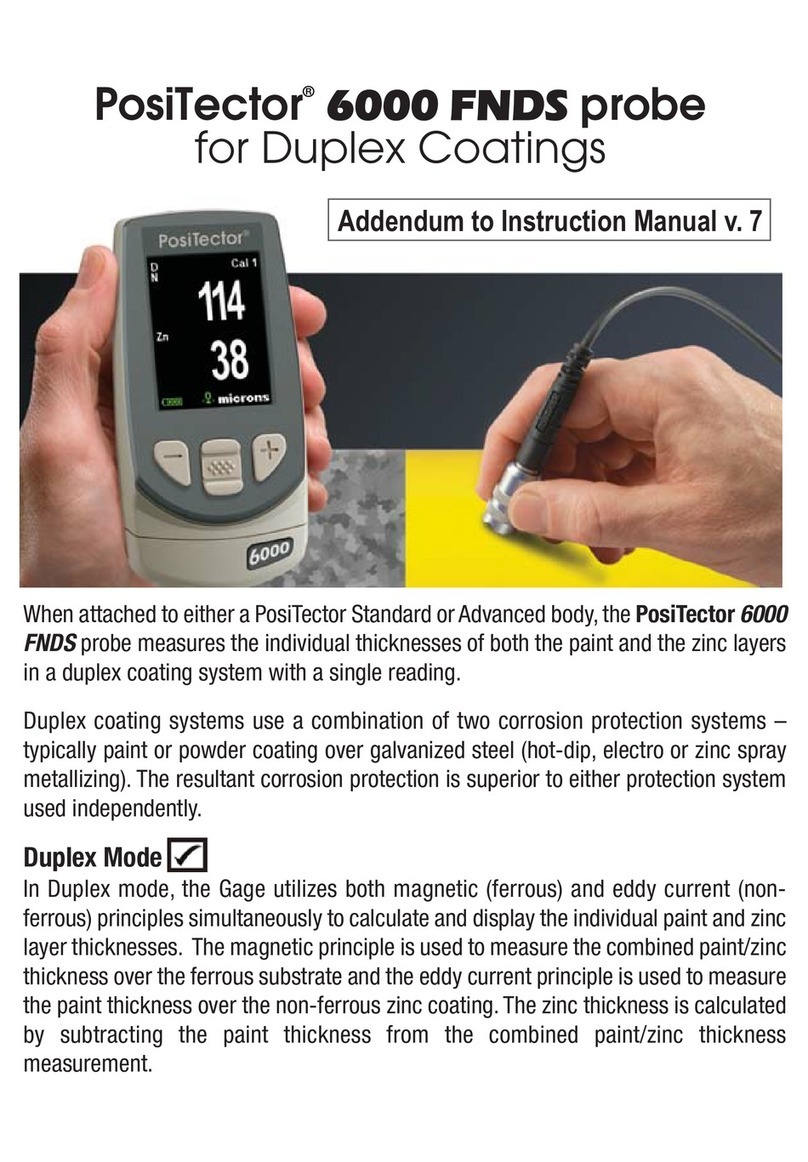
DeFelsko
DeFelsko PosiTector 6000 FNDS Installation and operating instructions

DeFelsko
DeFelsko PosiTector SST User manual
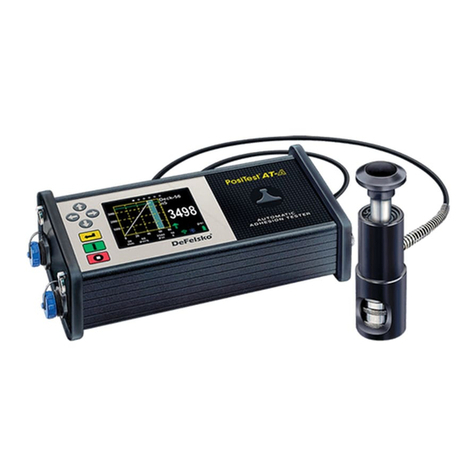
DeFelsko
DeFelsko PosiTest AT-A User manual
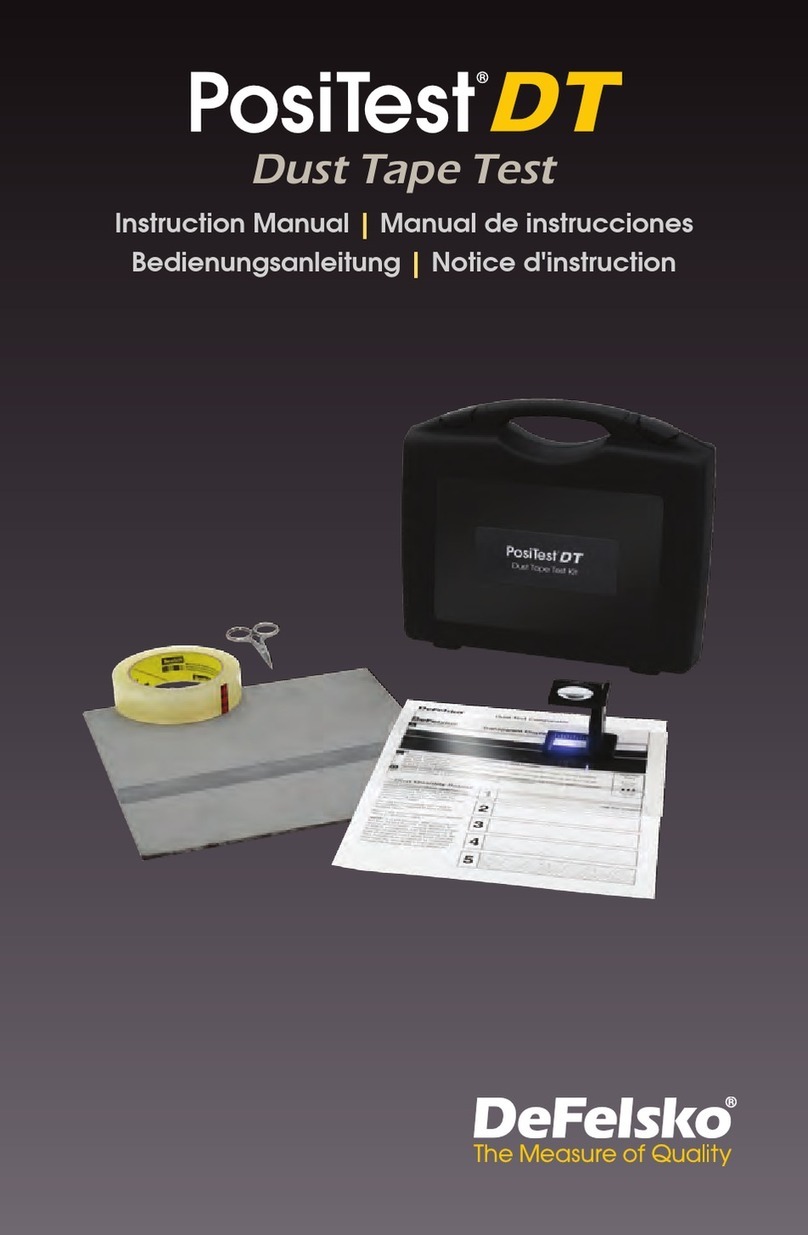
DeFelsko
DeFelsko PosiTest DT User manual
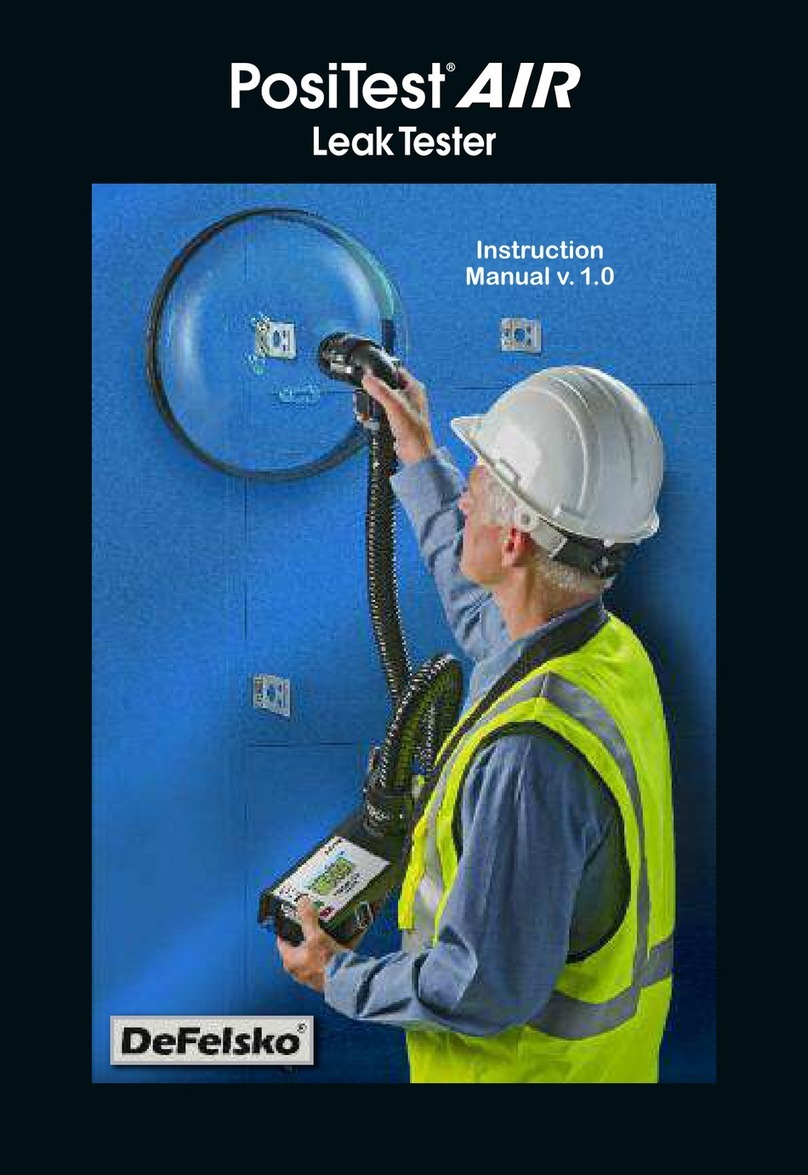
DeFelsko
DeFelsko PosiTest AIR User manual

DeFelsko
DeFelsko PosiTest AIR User manual
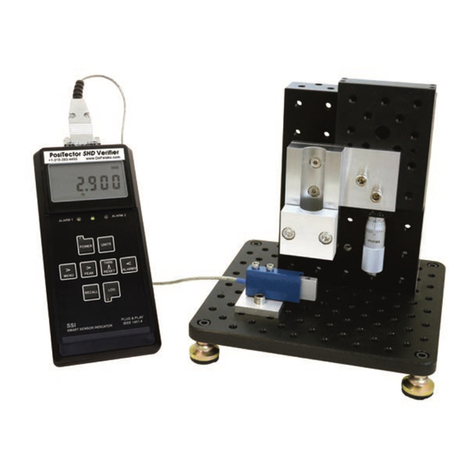
DeFelsko
DeFelsko PosiTector SHD Verifier User manual

DeFelsko
DeFelsko PosiTector 200 User manual
Popular Test Equipment manuals by other brands
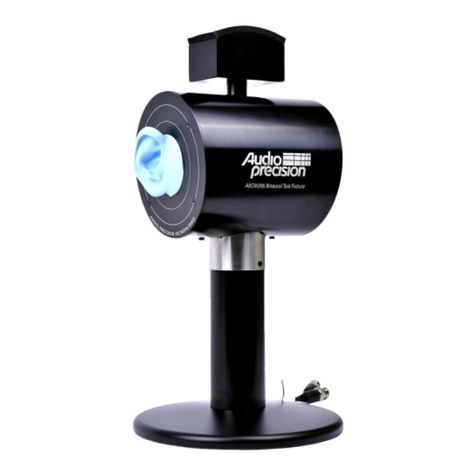
Audio Precision
Audio Precision AECM206 USER GUIDE AND SPECIFICATIONS
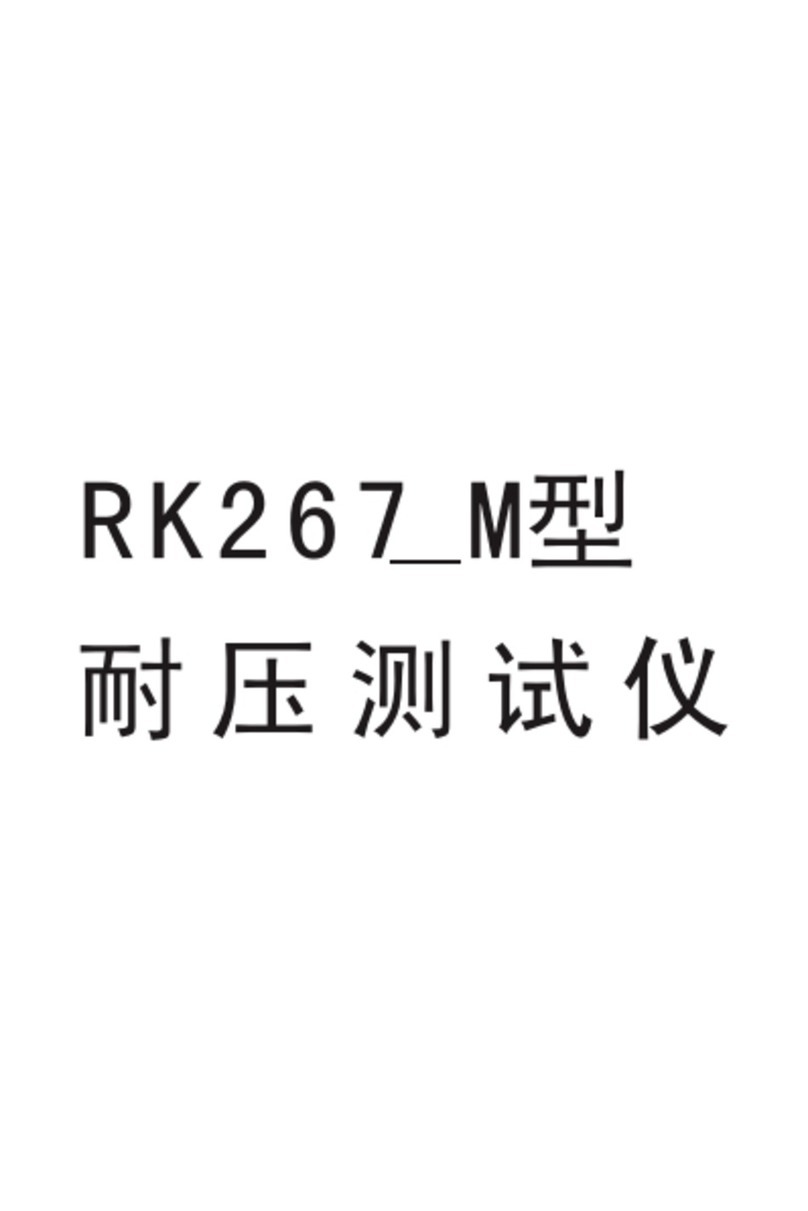
MEIRUIKE
MEIRUIKE RK267M Series manual

Huazheng
Huazheng HZJD-2Z Operating instruction
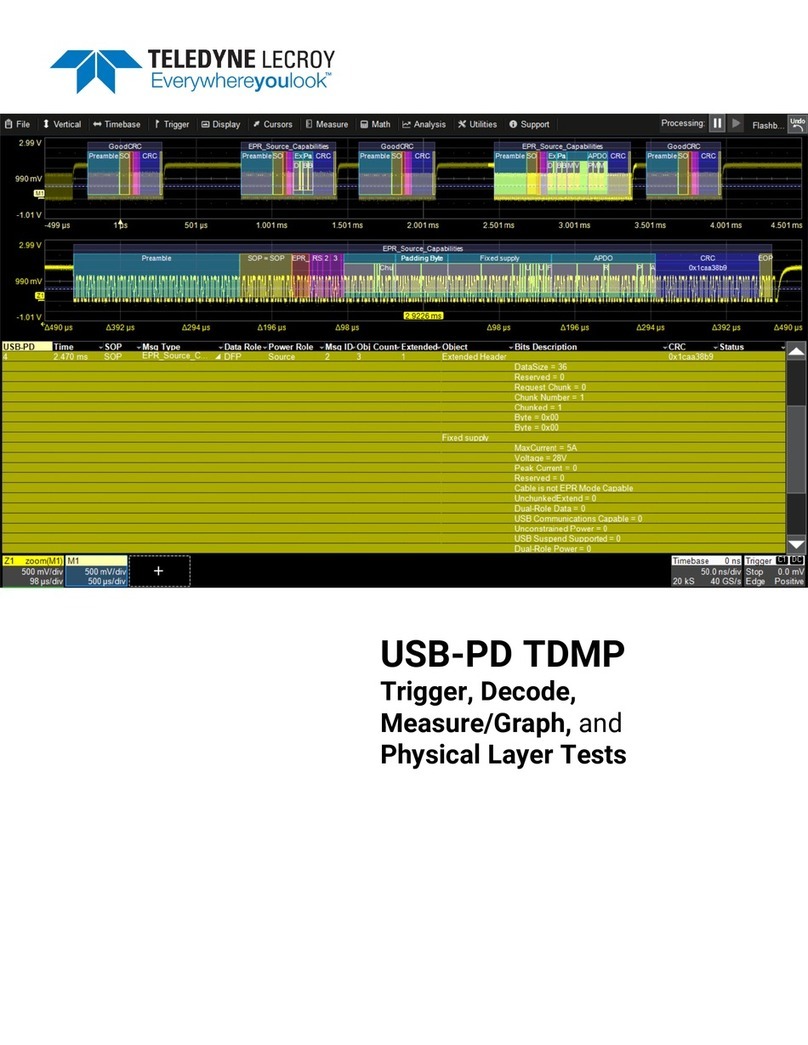
Teledyne
Teledyne USB-PD TDMP instruction manual
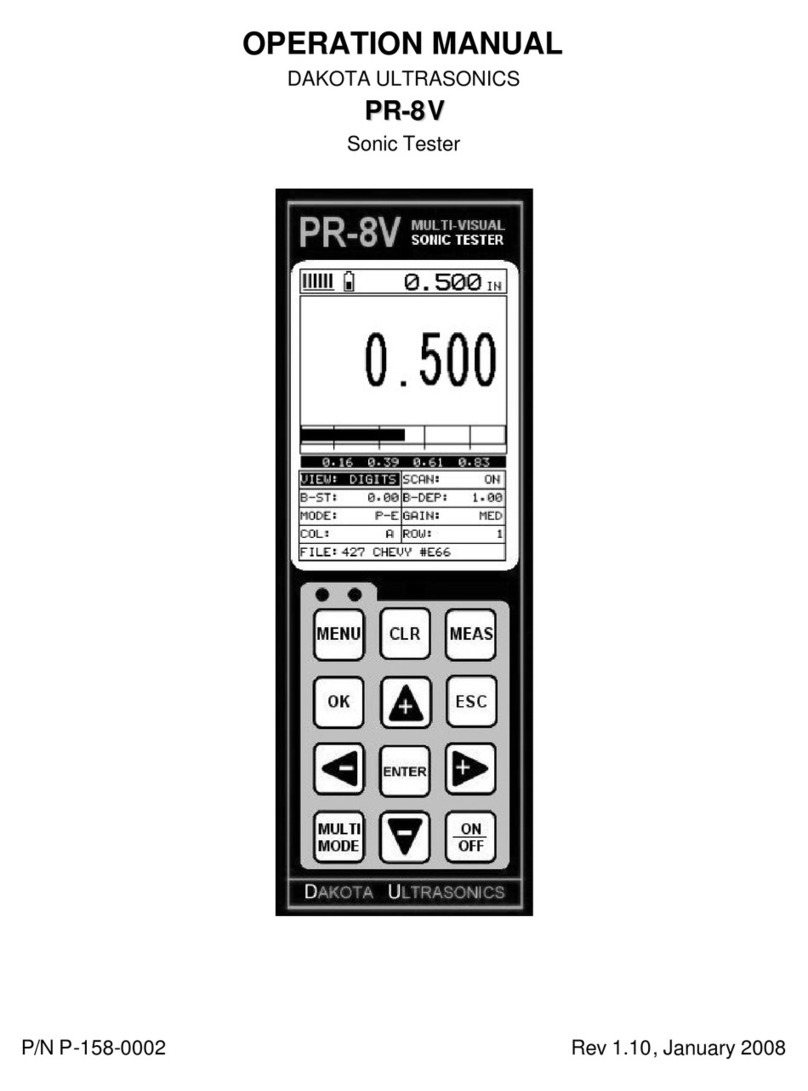
DAKOTA ULTRASONICS
DAKOTA ULTRASONICS PR-8V Operation manual
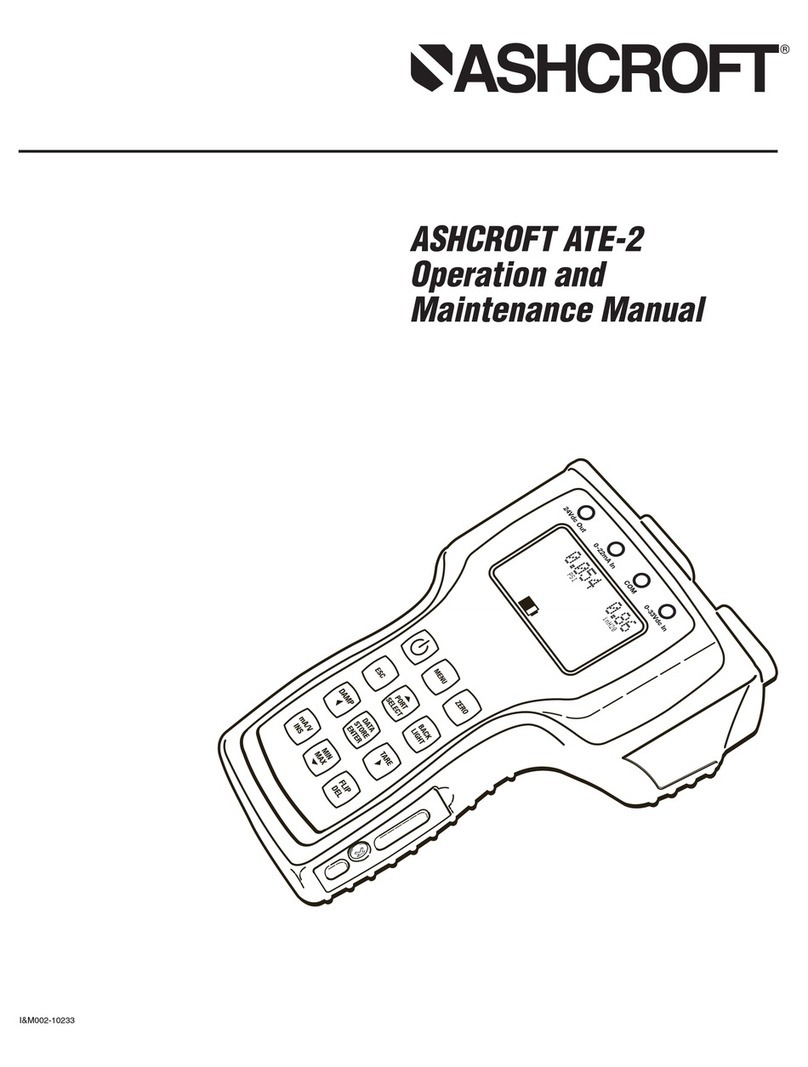
Ashcroft
Ashcroft ATE-2 Operation and maintenance manual
